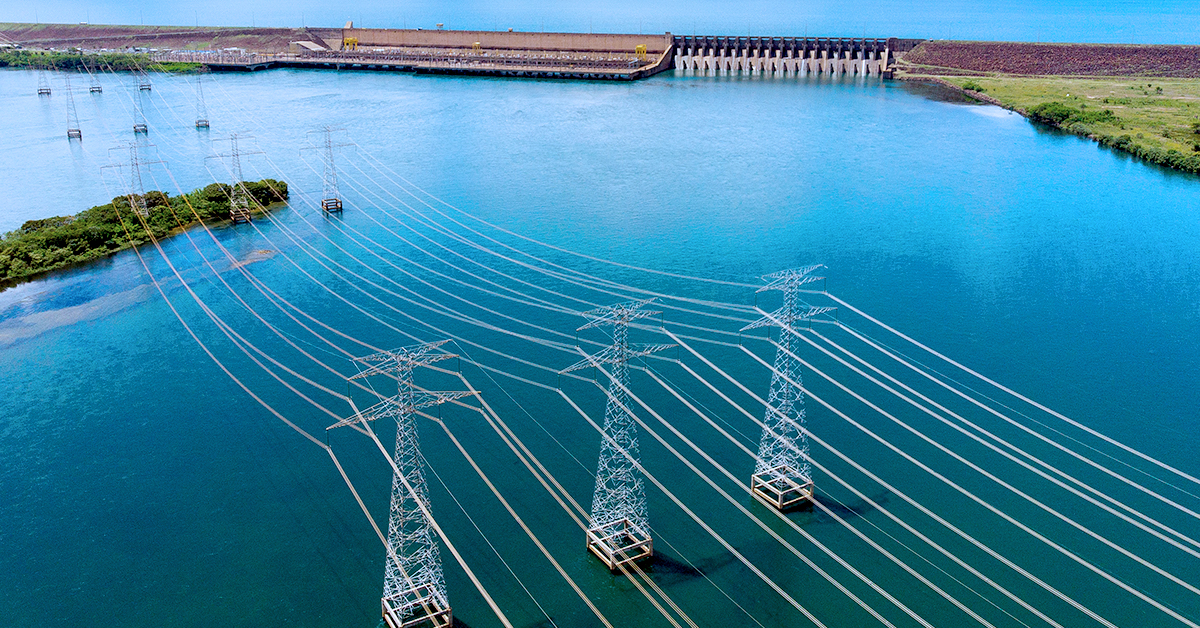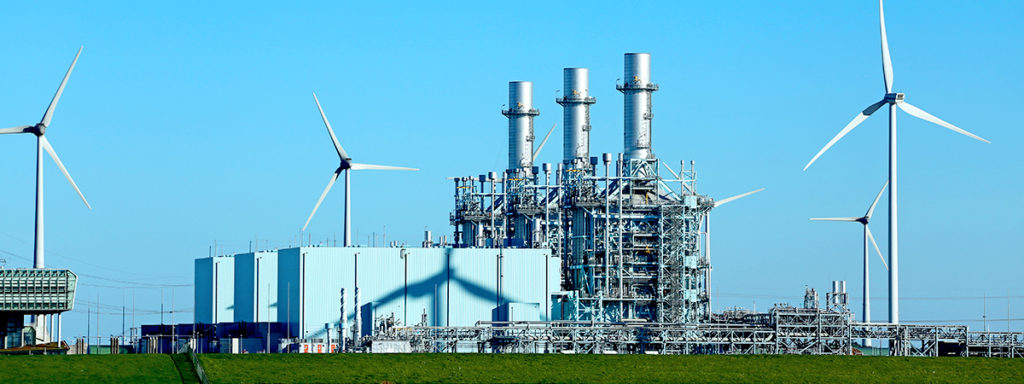Your Questions About Natural Gas, Answered
Natural gas is powering our modern way of life and helping to cut CO2 emissions. Here’s what this energy revolution is all about.
Learn MoreNatural gas is powering our modern way of life and helping to cut CO2 emissions. Here’s what this energy revolution is all about.
Learn MoreThe Electric Power Supply Association’s Brian George on how natural gas ensures affordable and reliable service.

August 18, 2020
When we flip a light switch, a room lights up. When we plug in our phones, they charge. And, when we turn on the air conditioning, our houses cool down. Behind all these things is the infrastructure that supplies electricity on demand.
Electricity can’t yet be stored in significant quantities — it must be generated as it’s used. This requires teams nationwide to work constantly to ensure the right amount of electricity is generated at the precise places and times it’s needed. Much of the United States relies on a system of power markets, run by regional transmission organizations (RTOs), to make sure electricity production can always meet demand at the lowest possible cost. Competition among power generators in those markets spurs innovation and efficiency, driving companies to choose lower cost, increasingly cleaner resources.
We spoke with Brian George, director of strategic policy and government affairs at the Electric Power Supply Association, about how our country’s electricity transmission systems and power markets work, why they matter, and how natural gas is helping to drive sustainable environmental progress while ensuring affordable and reliable service in all circumstances. Brian previously worked at the Federal Energy Regulatory Commission, the government body that regulates power markets.
In simple terms, what is a power market?
Power markets provide an opportunity for many different providers of power — companies owning coal, natural gas, nuclear, solar and wind generation — to compete against each other for the ability to provide power to consumers at the lowest price. Power providers in a competitive market are incentivized to choose low cost resources while keeping operating budgets in check and building more efficient, innovative, and cleaner technology. Since competition was introduced into power generation over 20 years ago, it has driven technological advances, greater efficiency, and emissions reductions.
That’s very different from the other model, which is a non-market model. With that approach, a power company is given an exclusive contract by the state to sell power to consumers at an agreed upon price set by state regulators. The competitive power alternative market allows many companies to offer power at the lowest cost while meeting reliability needs — often across a broad region or many states.

How do power markets ensure they provide reliable service, even during crises, such as the COVID-19 outbreak?
Power markets are administered by grid operators, which are responsible for making sure that power production always equals power demand. They’re one step removed from the generators — they’re more like the air traffic controllers. They have the complex task of balancing power demand with availability of supply to deliver reliable service at least cost.
Whenever we’re starting to go into a critical period – like a hot summer afternoon or frigid winter evening – those grid operators will provide direction to power generators on how to keep electricity flowing. Those steps often include— for a natural gas generator for example—ensuring that they have the ability to get gas from of the interstate system so they can produce power.
How do you prepare the system to meet peak demand?
Companies and investors build power generation to meet the highest expectations of power demand plus a cushion for unexpected events (e.g., a power plant unexpectedly stops operating). That means the power grid is designed to always have enough power capacity to meet the highest day of need with room to spare in case it’s ever needed. As a result, a lot of power plants don’t run every day, but they are ready to provide energy when needed. Power market operators direct power plants to provide power based on costs. Cheaper resources are selected first and more expensive resources are selected as power demand increases. Many plants can ramp up quickly to keep the lights on and the grid stable during periods of fluctuating demand. To meet periods of very high—or peak—demand, power plants called “peaker plants” are used. Historically, these plants powered by fuel oil – but now many peaker plants run on natural gas, due to its relatively low cost.
How have lower natural gas prices changed the way we generate electricity in the U.S?
In 2019, almost 40% of electricity was generated by natural gas. It has replaced coal as the leading electricity source due to its comparatively low cost.
EPSA member companies have retired thousands of megawatts of coal-fired generation in recent years because they could offer natural gas power to the grid at a lower price. As a result, carbon emissions have fallen dramatically – with over half of recent carbon dioxide reductions coming from the switch to natural gas power generation – and we are now benefiting from the lowest wholesale power prices in history. Today, electricity generation from coal is at a 42-year low and is predicted to fall even further due to the impacts of COVID-19.
We’re building on that progress by investing in new technology, such as renewable generation resources, battery storage and combined cycle turbines (CCGT). CCGTs maximize the amount of electricity they can produce by combining natural gas and steam generation technology. The facilities use extremely hot exhaust from natural-gas combustion turbines to create steam and generate more electricity—that means they can create more power from the same amount of natural gas. And, CCGT plants emit about half the carbon dioxide emissions of even the cleanest, most modern coal plants.

How do generators work together to ensure the lights always stay on?
One of the benefits of regional power markets is that a variety of sources of energy in different locations can work together. Solar and wind power are an increasingly cost-effective choice for grid operators and power generation companies, but there are operational challenges to relying on renewables at all times. Until more storage and infrastructure is built, most renewable power can only be used when and close to where it’s being generated. That means you need some sort of generation that operators can control and bring on at any time, and natural gas helps fill that gap. The bigger the geographic size of the market, the easier it is to reliably integrate increasing volumes of intermittent resources.
By ensuring all power generation resources can compete fairly in a regional market to lower emissions at the least cost, we can continue to provide the best possible solutions for customers, our economy and our environment.
What is the single biggest reason for the reduction of carbon dioxide emissions in the United States?
Correct! The U.S. Energy Information Administration reported that from 2005-2019, 65% of the decline in CO2 emissions in the electric power sector was attributable to switching from coal-fired to natural gas-fired electricity generation. Learn more about the power of natural gas.
Good try! The U.S. Energy Information Administration reported that from 2005-2019, 65% of the decline in CO2 emissions in the electric power sector was attributable to the switching from coal-fired to natural gas-fired electricity generation. Learn more.
More From API
Read on for in-depth articles about how we’re securing America’s energy future, our efforts to combat climate change, and more.
New innovations make it possible to produce more energy with fewer emissions Combatting emissions of methane, a potent greenhouse gas, […]
Learn MoreBetween now and 2050, according to the Energy Information Administration, the American demand for electricity will increase 1% each year. To […]
Learn MoreWe’re taking five key steps to reduce greenhouse gas emissions
Learn MoreWe use cookies to offer you a better browsing experience, analyze site traffic, personalize content, and serve targeted advertisements. If you continue to use this site, you consent to the use of cookies. Read more about our Privacy Policy and Terms and Conditions.
accept